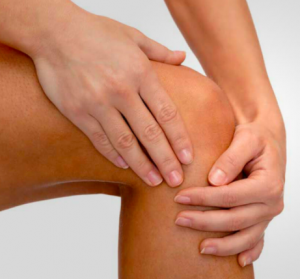What causes a meniscus tear?
- Quick pivots and changes in direction during sport
- Fast-paced sports such as soccer and basketball
- Impact trauma from falling on the knee or being hit with a ball
- Moving too quickly during an activity that bends and straightens the knee
- Osteoarthritis
- Increasing age
What are the symptoms?
Symptoms tend to gradually worsen in the days following the injury. Signs and symptoms can include:- Pain and tenderness in the knee joint
- Inflammation
- Stiffness in the knee
- Pain exacerbated by bending/straightening the knee
- Knee instability
- A ‘popping’ sound as the injury occurs
How is it treated?
It is important to have your knee properly assessed to find out the extent of the injury and the type of tear present. The first step of treatment is to reduce the painful symptoms by following the PRICE principles (protection, rest, ice, compression and elevation). Treatment then focuses on allowing the knee to heal and reducing the likelihood of re-injury in the future. This may include:- Off-loading the knee using a brace or crutches while it heals
- Orthotics to increase stability in the lower limbs and correct any alignment problems at the knees or feet
- Footwear assessment to ensure the shoes are helping and not hindering recovery
- Physical therapy to stretch tight muscles and strengthen weak muscles
- Activity modification to reduce the load on the affected knee until it has healed
- Strapping the knee to temporarily help relieve symptoms and facilitate healing and repair









